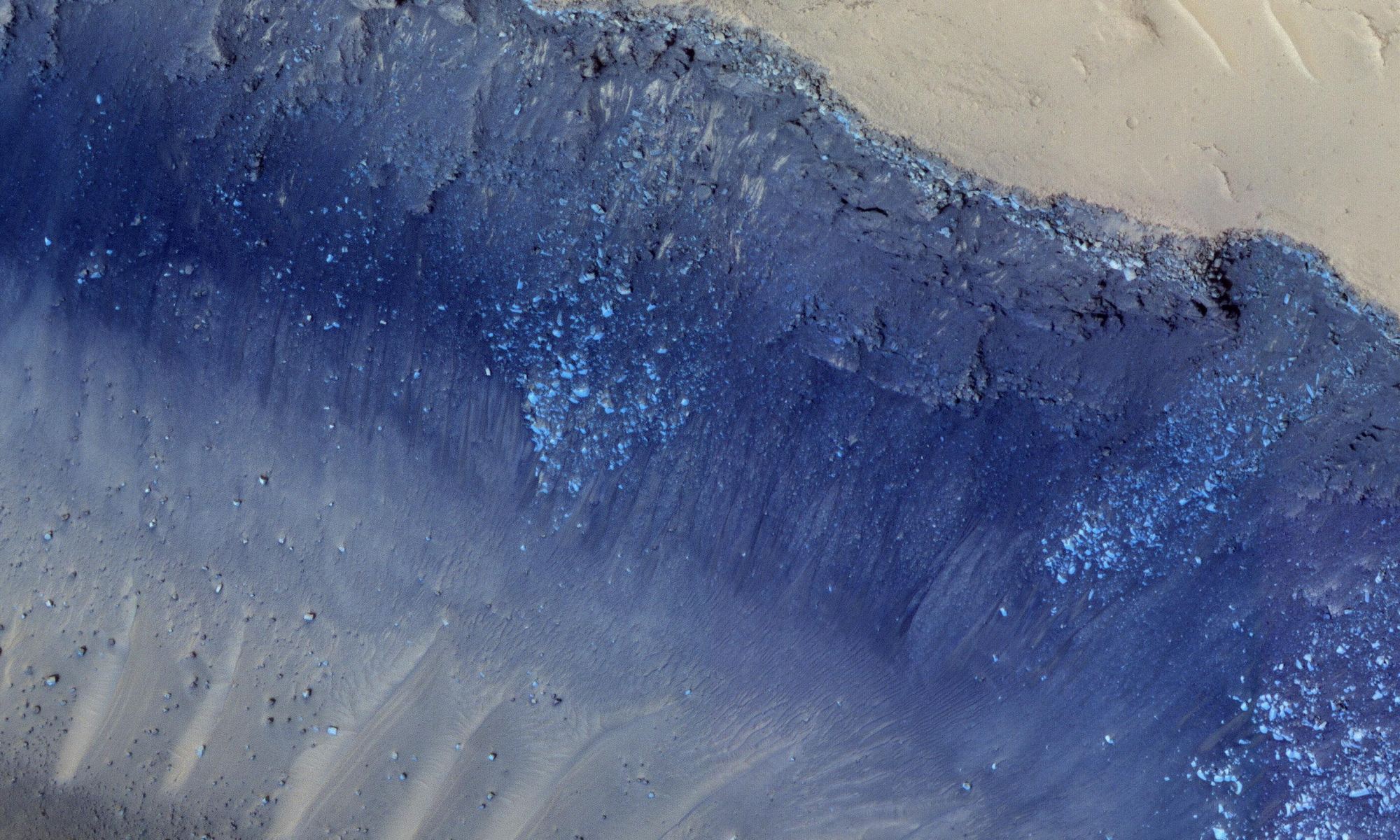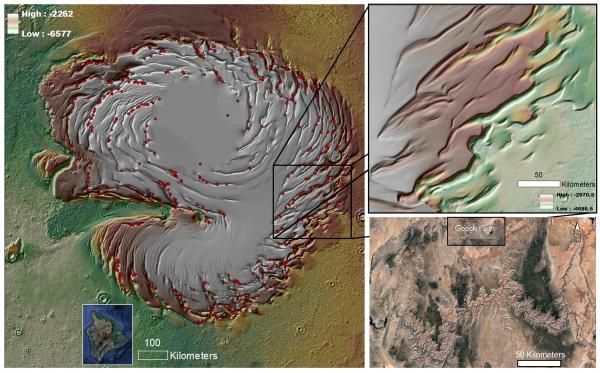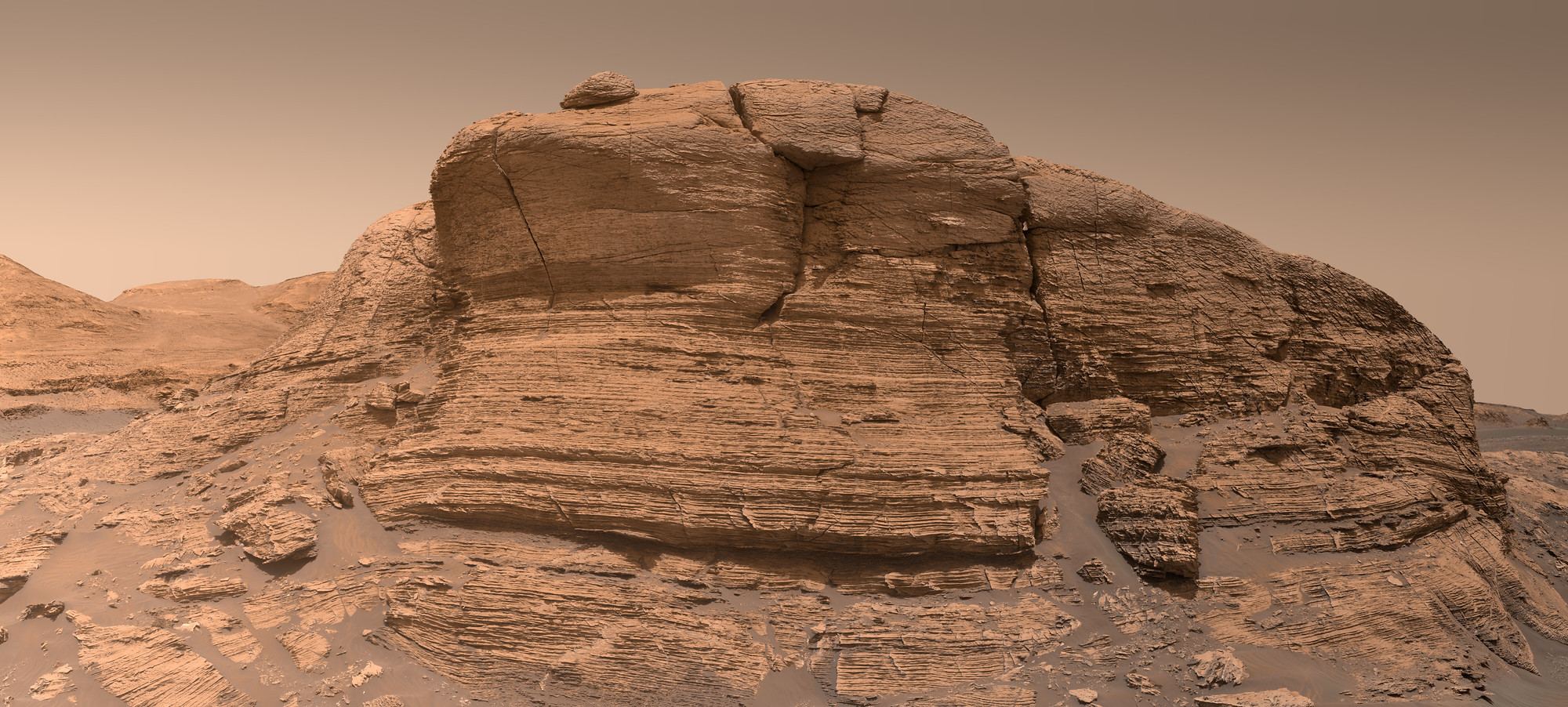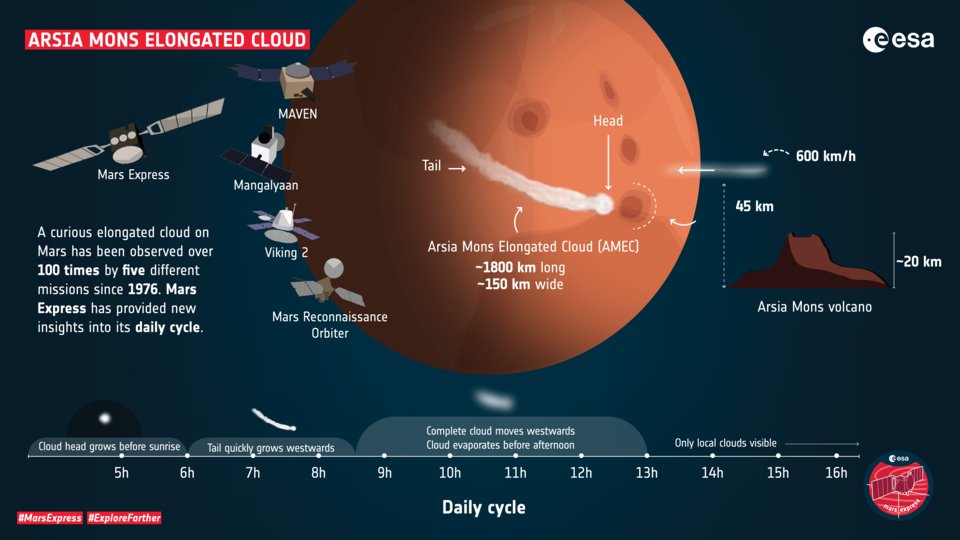Did the Perseverance rover capture a rainbow on Mars? This image, from the rover’s left rear Hazard Camera, sure looks like it. But alas, no. However, film director JJ Abrams would be proud.
Continue reading “Perseverance Captured This Image of a “Rainbow” on Mars, but it’s just a Lens Flare in the Rover’s Camera”Mars Helicopter Survives its First Night on Mars is Getting Ready to Fly
On April 3rd, the Mars Ingenuity helicopter was removed from its carbon-fiber shield on the Perseverance rover’s belly. On Sunday, April 11th, it will make its first attempt at a powered, controlled flight, becoming the first aircraft to operate on another planet. In the meantime, Ingenuity accomplished another major milestone as it survived its first full night on the Martian surface.
Continue reading “Mars Helicopter Survives its First Night on Mars is Getting Ready to Fly”InSight Detects Two Significant Quakes from the Cerberus Fossae Region on Mars
NASA’s InSight lander felt the distant rumble of two major ‘marsquakes’ in March, originating from a region near the Martian equator known as the Cerberus Fossae. Registering magnitudes of 3.1 and 3.3 on March 7th and March 18th respectively, the quakes cement the Cerberus Fossae’s reputation as one of the most geologically active places on the Red Planet today. A pair of similarly strong marsquakes rocked the same region back in 2019.
Continue reading “InSight Detects Two Significant Quakes from the Cerberus Fossae Region on Mars”A Lake in a Martian Crater was Once Filled by Glacial Runoff
All across the Martian surface, there are preserved features that tell the story of what Mars once looked like. These include channels that were carved by flowing water, delta fans where water deposited sediment over time, and lakebeds where clay and hydrated minerals are found. In addition to telling us more about Mars’ past, the study of these features can tell us about how Mars made the transition to what it is today.
According to new research led by Brown Ph.D. student Ben Boatwright, an unnamed Martian crater in Mars southern highlands showed features that indicate the presence of water, but there is no indication of how it got there. Along with Brown professor Jim Head (his advisor), they concluded that the crater’s features are likely the result of runoff from a Martian glacier that once occupied the area.
Continue reading “A Lake in a Martian Crater was Once Filled by Glacial Runoff”Clear Signs of Recent Erosion on Mars
Erosion can take many forms. Most commonly known is water wearing away the sides of creeks or lakes. But wind can erode just as effectively, especially if it carries dust particles that can eat away at otherwise solid objects. While this wind-driven process is most commonly observed on Earth, it plays a role in the history of most other rocky bodies that have an atmosphere. Recently, a team lead scientists from the Planetary Science Institute found evidence for some erosion from between 50,000 and a few million years ago in Mars’s polar ice cap. That is a blink of the eye by geological standards.
Continue reading “Clear Signs of Recent Erosion on Mars”Maybe Mars Didn’t Lose its Water After All. It’s Still Trapped on the Planet
Roughly 4 billion years ago, Mars looked a lot different than it does today. For starters, its atmosphere was thicker and warmer, and liquid water flowed across its surface. This included rivers, standing lakes, and even a deep ocean that covered much of the northern hemisphere. Evidence of this warm, watery past has been preserved all over the planet in the form of lakebeds, river valleys, and river deltas.
For some time, scientists have been trying to answer a simple question: where did all that water go? Did it escape into space after Mars lost its atmosphere, or retreat somewhere? According to new research from Caltech and the NASA Jet Propulsion Laboratory (JPL), between 30% and 90% of Mars’ water went underground. These findings contradict the widely-accepted theory that Mars lost its water to space over the course of eons.
Continue reading “Maybe Mars Didn’t Lose its Water After All. It’s Still Trapped on the Planet”Mars Spiders Form as Spring Arrives on Mars. But why?
A person suffering from arachnophobia might think their fear would stoked on a trip to Mars. However, there is such a thing known colloquially as a Martian “spider”. It is much more innocuous than the eight legged animal that strikes fear into the hearts of millions, but its origins have only been theorized until recently. Now, a team led by a group at Trinity College Dublin has determined that these “spiders” are actually topological troughs formed when dry ice directly sublimates to a gas.
Continue reading “Mars Spiders Form as Spring Arrives on Mars. But why?”Mont Mercou on Mars
Here are a few stunning views of the Curiosity Rover’s current location, Mont Mercou in Gale Crater on Mars. This towering outcrop provides a great look at layered sedimentary rock structures. On Earth, it’s common to find layered rock like the ones within this cliff face, especially where there were once lakes. The pancake-like layers of sediment are compressed and cemented to form a rock record of the planet’s history.
This color image is from one of our favorite image editors, Kevin Gill. He assembled 202 raw images taken by MSL’s MastCam between sols 3057 and 3061. You can see Kevin’s full mosaic on Flickr.
Continue reading “Mont Mercou on Mars”More Audio from Perseverance: the Crunch of its Wheels on the Martian Regolith

In absence of (yet) being able to step foot on Mars, we have robotic vicarious experiences through our rovers including Perseverance which landed this past February 18th. In addition to photos we’ve collected from the surface over the decades, our ever-improving data connection to Mars made it possible to see video from Perseverance’s landing. That dramatic unfurl of the parachute and dust spray of the landing thrusters – astonishing! I’m not ashamed to admit I cried. Through Perseverance we’re also experiencing Mars exploration with another sense – SOUND! Sound from another planet!! Using Perseverance’s Entry, Descent, and Landing Microphone (EDL Mic) we recently recorded audio of Perseverance’s wheels rolling across the Martian regolith (broken rocks and dust or “soil”). The audio segment below is an edited portion of sound highlights from a longer 16 minute raw audio file.
C. NASA/JPL-Caltech
Every Spring a Single Cloud Forms at one of Mars’ Tallest Mountains and Only Lasts for a few Hours
Sometimes even forgotten pieces of technology can lead to completely new science. That was the case recently when scientists at the University of the Basque Country used an almost forgotten camera on the Mars Express to take a breathtaking video of a recurring cloud on the top of Arsia Mons.
Continue reading “Every Spring a Single Cloud Forms at one of Mars’ Tallest Mountains and Only Lasts for a few Hours”








